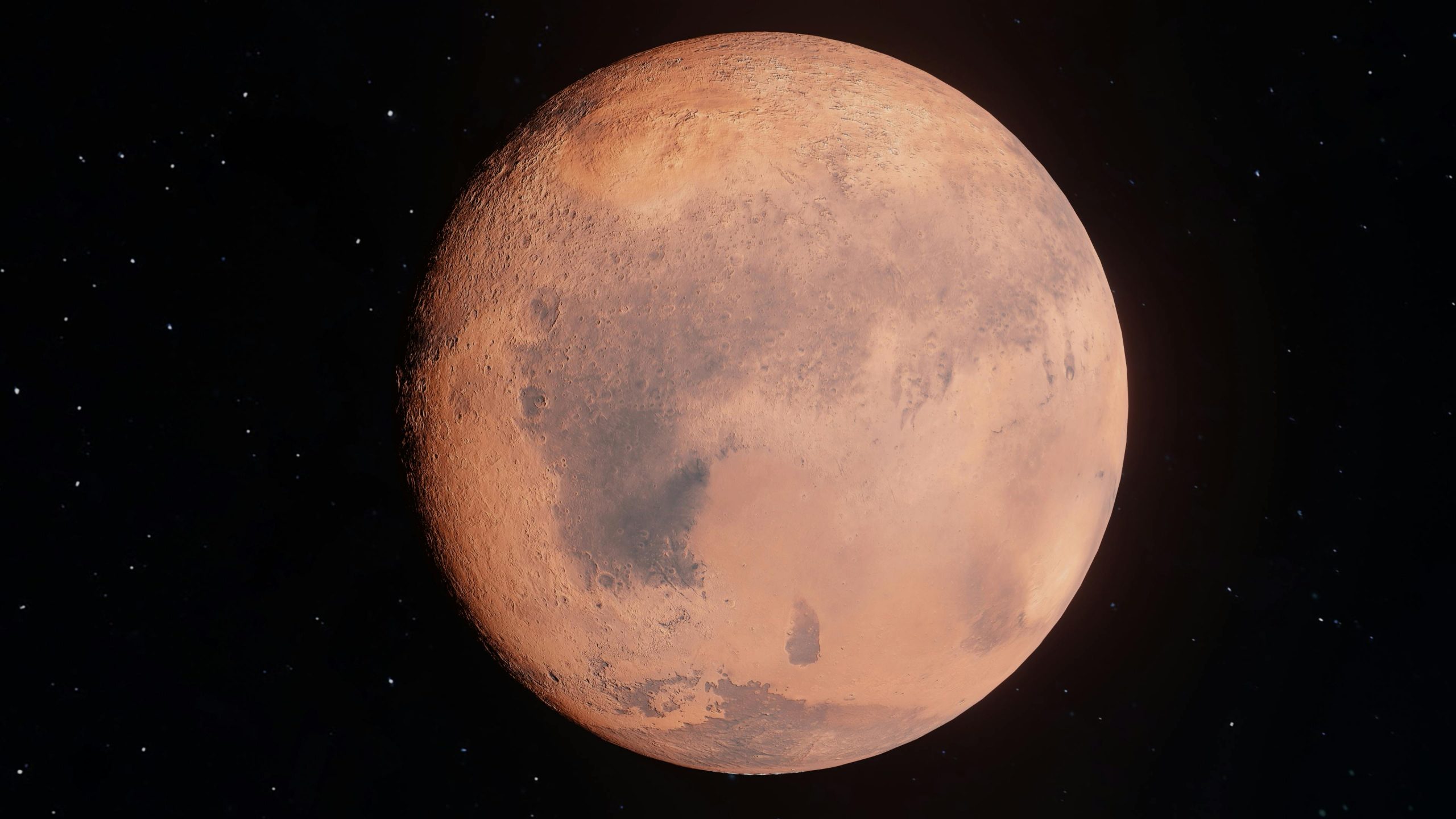India’s space program is taking significant strides towards preparing for future missions with the development of the Hab-1 habitat, a simulation designed to test the conditions astronauts may face during space missions. This innovative project, led by the Indian Space Research Organisation (ISRO), marks a significant step as the country advances in its space exploration efforts.
The Hab-1, short for Habitat-1, is part of ISRO’s first “analog mission,” which replicates the harsh conditions of space to ensure astronauts are fully prepared for real missions. The habitat was recently put to the test in the high-altitude environment of Ladakh, India, where it underwent a three-week simulation in the rugged mountainous terrain. This simulation allows scientists to study potential challenges astronauts could face during missions to the Moon, Mars, and beyond.
Designed by space architect Aastha Kacha-Jhala from the Gujarat-based firm Aaka, the habitat is made with space-grade materials, including Teflon, and is insulated with durable industrial foam to withstand the extreme conditions of space. Inside, the habitat is equipped with essential amenities such as a bed, a work tray that can be stowed away, storage for supplies, a kitchenette, and a toilet system designed for the constraints of limited water in space. The dry toilet system is just one example of the innovative solutions developed to address the unique challenges of life in space.
The habitat’s design is focused on creating a comfortable, efficient living space in extremely confined environments. “Space will be very limited on the Moon or Mars,” explains Kacha-Jhala. “We’ve designed the Hab-1 with that in mind, ensuring astronauts can live and work effectively with minimal resources.”
As India prepares to send its astronauts into space with the upcoming Gaganyaan mission, which plans to send three astronauts into low-Earth orbit, this simulation project plays a crucial role in ensuring the success of such endeavors. The Gaganyaan mission, set to launch in the near future, is a part of India’s broader space ambitions, including the creation of its first space station by 2035 and plans to send humans to the Moon by 2040.
In a collaborative effort, Ladakh University has also joined the mission, studying soil samples from the region to understand whether astronauts can use local materials to build structures on other celestial bodies. The project underscores Ladakh’s suitability for space research, thanks to its barren, rocky landscape, which resembles conditions found on the Moon and Mars.
With these ongoing developments, India’s space exploration future looks promising. As ISRO prepares to expand its capabilities, the establishment of a permanent simulation facility in Ladakh could prove to be a major asset, reducing the country’s dependence on foreign space agencies for astronaut training.
This pioneering project not only brings India closer to its goals but also contributes valuable knowledge to the global space community, advancing our collective understanding of life beyond Earth.

